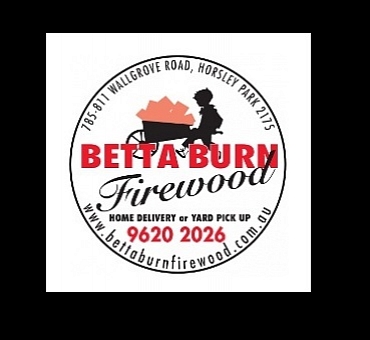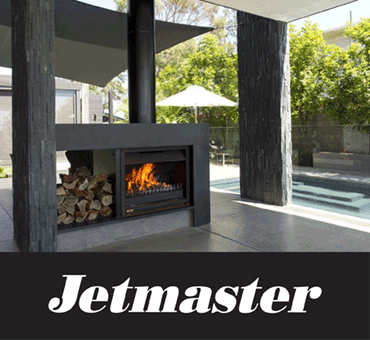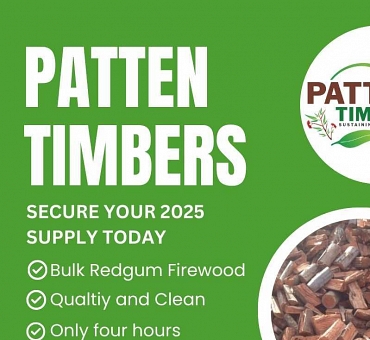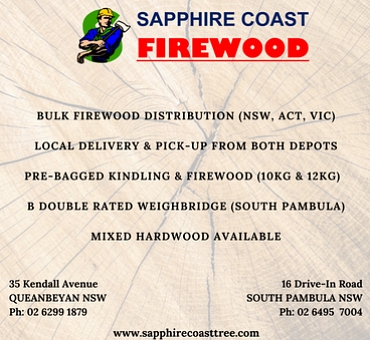Find a local firewood supplier
Resources
Warm Your Home Without Warming the Planet
A 2003 life-cycle study conducted by CSIRO for the Australian Greenhouse Office concluded that firewood is better than all of the commonly used sources of heat energy (see chart below). The reason is that the CO2 emitted from a wood fire is the same as the quantity of CO2 that is released when the wood rots and breaks down naturally.
Operating and Maintaining a Woodheater
For any fire to start and keep going three things are needed, fuel, oxygen and heat. In wood fires the fuel is provided by the wood, the oxygen comes from the air, and the initial heat comes from burning paper or a fire lighter. In a going fire the heat is provided by the already burning wood.
Smoke = Money Up the Chimney
There is nothing like the pleasure of a wood fire on a cold night. However, just like driving a car, operating a wood heater requires not only a certain amount of skill but also an obligation to be socially responsible. Prolonged exposure to wood smoke is not only unpleasant but is known to have negative health effects.
Buying and Storing Firewood
Wood is sold in two main ways, by weight (tonnes or kilograms) or by volume (cubic metres). It is an offence under the National Measurement Act to sell less than the stated quantity.
Buying and Installing a Wood Heater
Wood fired heating is growing in popularity all over the world. In Australia, wood heater sales continue to grow steadily. The rising cost of gas and electricity is one reason, but the charm of a wood fire is a major motivation, along with a growing recognition that firewood qualifies as a renewable, sustainable energy source.
Moisture Content of Firewood
Water makes up most of the sap of living trees. Water in the sap is called ‘free water’ because it can move through the wood cells and vessels reasonably easily. Water is also present in the cellulose structure that makes up the cell walls. This water is called “combined water”.
What Is Sustainable Firewood?
In recent years the word sustainable has become a commonly used – and often misused – adjective. Sustainable has joined words such as “pristine” and “fragile” as iconic environmental descriptors.
Treated and Contaminated Firewood
Although all wood will burn, not all wood is safe to burn. When wood that has been chemically treated with preservatives or contaminated by other substances is burnt it can give off fumes which may be harmful, or even fatal. This is especially so when this type of wood is burnt in an open fire, brazier or chiminea, or used as barbeque fuel.
Cooking with Wood
In recent times there has been a resurgence in the use of wood fires for cooking. No longer is it just the old backyard barbecue or the occasional campfire. Wood fired pizza restaurants are appearing in most suburbs. Mobile wood fired pizza ovens and spit roasts can be hired for parties and small wood fired ovens for home cooking.
Guidelines for Harvesting Dead Timber for Firewood
Cutting firewood from already dead trees is a good choice because the wood is often dry enough to burn immediately. However, dead standing trees and fallen trees and branches are important components of the ecosystem, providing habitat, nesting sites and protection against predators for many native animals.














